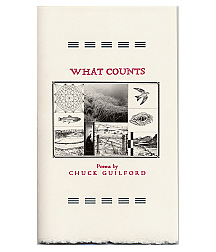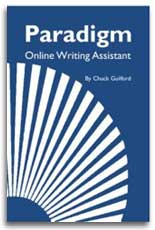Producing a clean, error-free final draft isn't easy. Even the most carefully edited professional publications contain occasional typos. Most readers understand this and aren't bothered by such infrequent problems. Yet when errors occur often, they undermine the writer's authority and disrupt communication.
To edit well, it helps to know the basics of grammar and mechanics, but equally important are good editing practices. You'll need to be patient and attentive to detail. Use the suggestions below to improve your editing.
- Know what you're looking for. What types of errors
To edit well, it helps to know the basics of grammar and mechanics, but equally important are good editing practices.
do you tend to make most often? Do you have problems with Subject/Verb Agreement or with Tense Shifts? Look for patterns in your errors and focus on eliminating the more serious and higher frequency errors first. Then check for less obvious problems.
- Edit printed copy. If you're writing at the computer, check your work quickly on the screen and run a spell-check. Then print out a draft to go over meticulously, looking for anything you may have missed.
- Edit actively. Go through your draft carefully, pencil in hand. Actually touch each word with your pencil. Look especially at word endings. Have you dropped any s or ed endings? Do subjects and verbs agree? Does each pronoun have a clear antecedent?
- If possible, edit with a partner. Read your draft slowly aloud while your partner, pencil in hand, reads another copy of the draft. Have your partner stop you whenever there might be a problem. Discuss each questionable punctuation mark or word choice.
All this may seem tedious at first, but it pays big dividends. A clean, well-edited final draft makes a good impression. It shows that you care about your writing, and when readers sense your care, they'll care, too.




